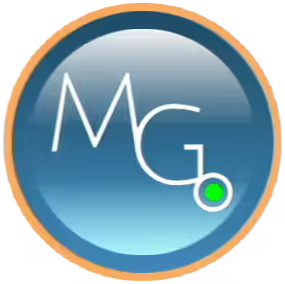Terminal Knee Extension- getting things straight.

TKE.
Also known as terminal knee extension, for those not into the brevity thing. We all love a good acronym in the PT realm: WNL ROM w/TKEduring SLR and CKC WB TKE s/p ACLR! OMG!
Terminal knee extension is of obvious importance for a number of reasons. Have you ever tried holding a push-up position/plank without your elbows locked? Stress much? Lock em’ out and things become a bit more mechanically stable. And the triceps isn’t getting as stressed. Add a patella or two to the pot and now; without full extension you have additional stressors to the sulcus and PFJ, a quad that isn’t able to work efficiently, and a limb that has difficulty supporting the body. There are a few other mechanisms in at play, such as the “screw home” mechanism assisting external rotation of the tibia, creating an optimal relationship between the articular surfaces of the femoral condyles and its' counterparts. This environment may be a rather welcome “home” to a knee that is otherwise undergoing excessive mechanical stress (hence, excessive mechanoreceptor input, in which the motherboard will often react by giving us an anything but passive-aggressive message as an output; PAIN! …and further hypertonicity… and whatever other fortifying agents it deems necessary to motivate us out of the situation.)
A recent case I used visual feedback to assist with my TERMINAL knee extension was a young male about 3 weeks s/p R Knee retinacular release, who had been struggling with his quad sets due to lack of full extension, and moderate swelling. Swelling and quad inhibition was a major limiting factor, so beyond RICE action, eliminating potential aggravating inputs was desired.
The young man was a few degrees shy of locking it out into extension. He reported walking felt a bit unstable when loading on his right (affected) side, and that he couldn’t straighten his leg. I had worked on TKE with band alone, quad sets during passive extension, and other means to promote full extension. He was still having difficulty with knee extension during gait.
While working on closed chain knee mechanics, I used the Motion Guidance device to add some visual incentive to get as much motion possible: I had this patient attempt to touch the laser beam to his toe for about 2 min in standing, first with majority of weight on the uninvolved, then transferring more weight to the involved. Next I added a little thera-band resistance to the mix for the next few minutes. Next I had him walk around the room, and try to get the laser to his toe with each step (this is both fun for the patient, and gives the clinician an idea of just how much their attempts at full extension are carrying-over to gait. After a minute or so and he simply replied “my knee is straight- it feels normal”.
The visual feedback will allow patients to instantly see what is happening while working on the given task, perhaps most importantly, without thinking of every little thing in the meantime. The visual external que is intuitive, and while verbiage like “squeeze here, push back here, lock it in…” can be helpful, things are much more simple, and simple is good.
I instructed the patient “remember how it felt while you were working with that laser pointer? Just try make your knee act the same way whenever you think on it.” If between session results offer diminishing returns, the Motion Guidance “patient packs” are definitely an option as DME for HEP.
Difficulty getting full extension is ubiquitous across the majority of surgical procedures on the knee (ACL, TKA, etc…), so if you are looking for a novel way to improve in this area, consider visual feedback external cues.
-T Blair, DPT


Leave a comment
Please note, comments must be approved before they are published